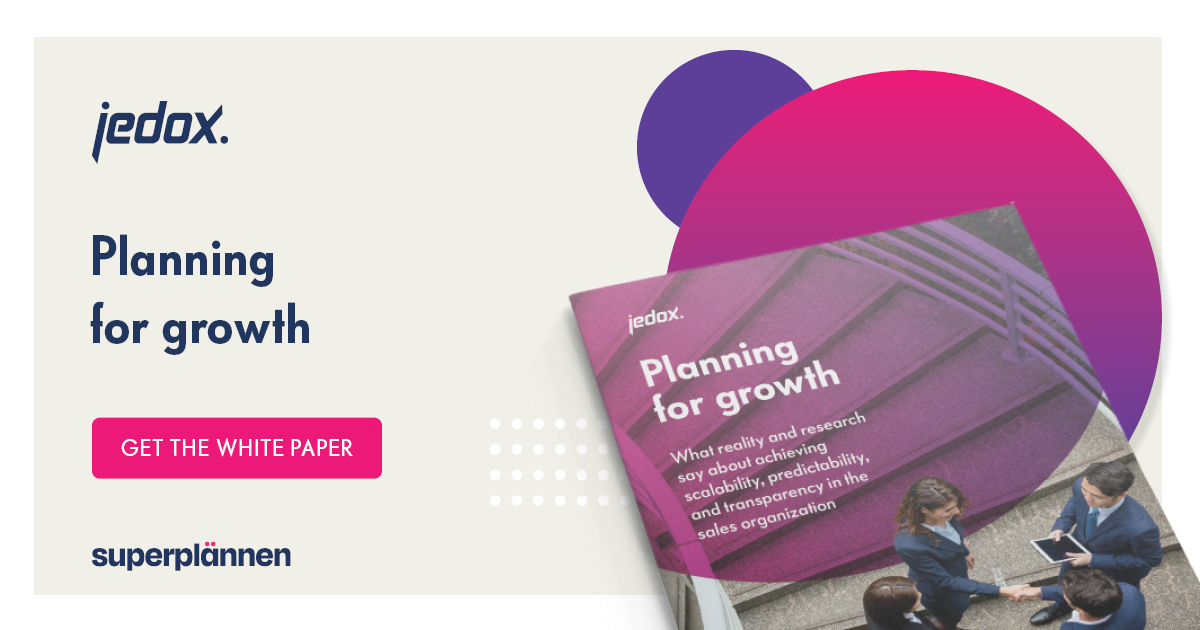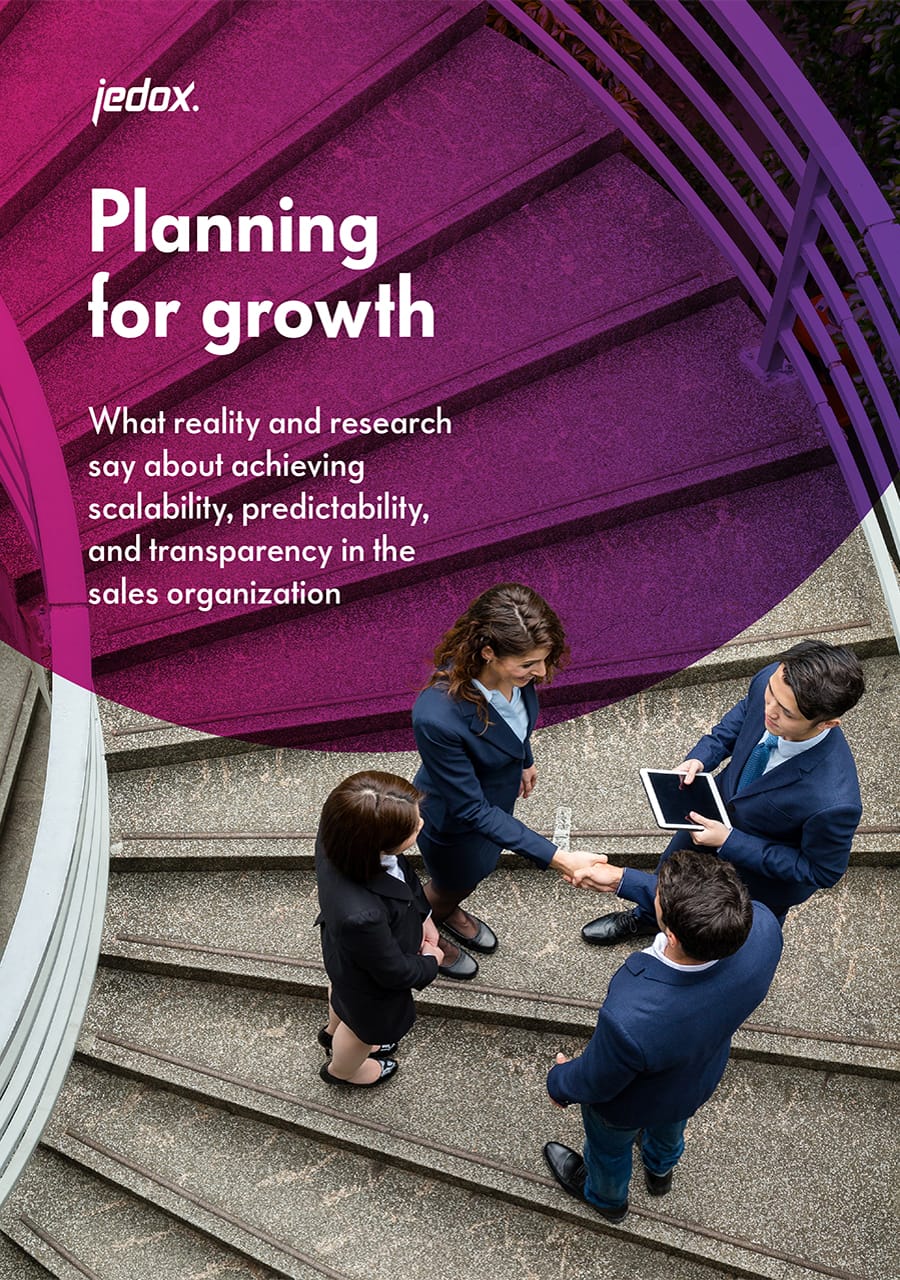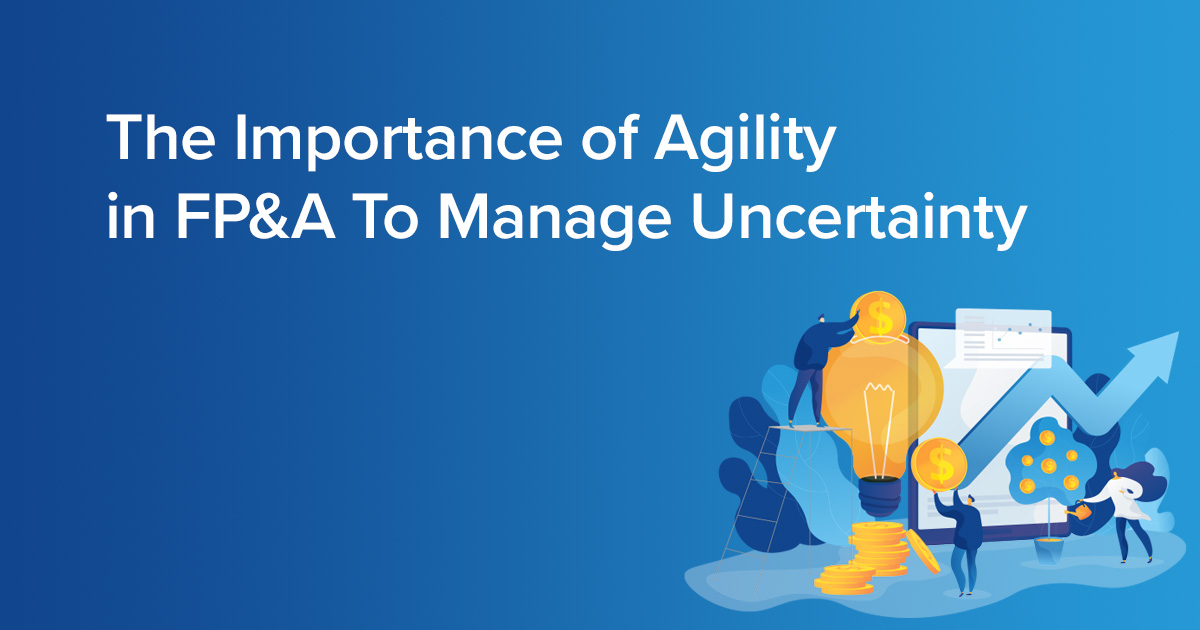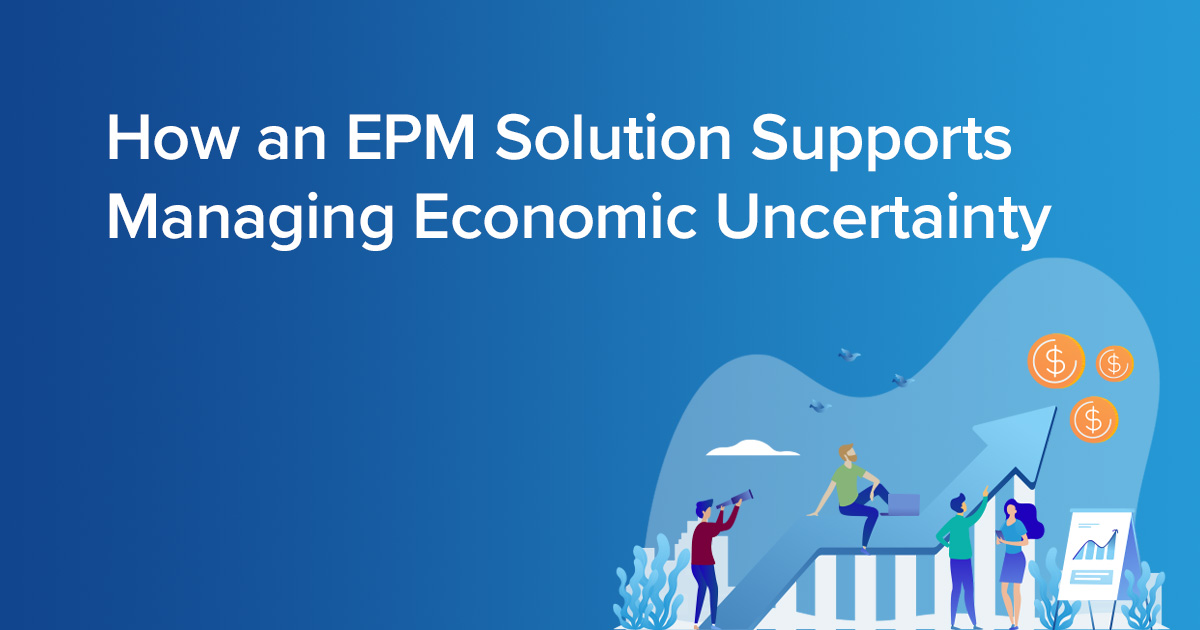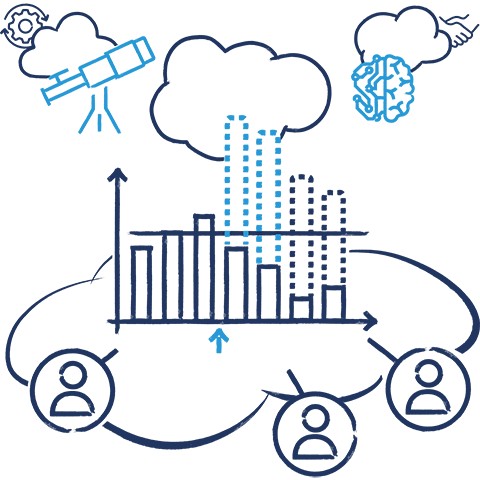
Get more out of your CRM: 3 Tips for Better Sales Forecasting
The need to understand how to best manage the relationships a business has with its customers is not a new concept. Managing basic information such as who your customers are, where they are located, and what they want to buy was around long before the advent of desktop computers and the Internet. However, forecasting or predicting how much your customers want to buy or how well a business would perform in the future was much more difficult to achieve way back then. As CRM has evolved, many vendors included sales forecasting functionalities in their tools. Here, we explore how to get the most out of your CRM sales forecasting.
The late 20th century saw some of the most significant milestones develop in sales and marketing automation including the release of what many consider to be the first automated CRM solution in 1987, Automated Contact Tracking, (ACT) and, in 1999, Salesforce was founded. These tools provide impressive capabilities for managing sales information, identifying sales opportunities, tracking interactions with the customer and more. But what about forecasting?
CRM systems are now one of the most commonly used tools for managing many aspects of business and sales information. As CRM has evolved, many vendors included sales forecasting functionalities in their tools. However, they were not originally designed to be forecasting tools and forecasting capabilities are not usually the primary consideration when CRM systems are selected.
3 Tips for Better CRM Sales Forecasting
So, how do you get better sales forecasts with your existing CRM? Here are 3 tips on how to better leverage your CRM for more effective, more accurate sales forecasts:
1. Let your CRM work its magic
Your CRM solution is first and foremost for customer relationship management. To get the most out of your CRM, be sure you are maximizing the relationship and sales data it was designed to manage. Don’t get caught up in trying to make a platform with specialized sales capabilities become everything to everyone in your organization, or it runs the risk of worsening the quality of data in your forecasts.
2. Look for opportunities to increase frequency and flexibility
Real-time, unified data is vital to achieving more successful sales forecasts. If your CRM isn’t able to offer a seamless, single source of truth from the data sources across your organization, you’re likely not obtaining the most accurate forecasts. Automation can also improve your sales forecast. With automation, the ability to easily increase the frequency of your forecasts and the flexibility to adjust them as needed based on changes in the market are key opportunities to get more out your CRM.
3. Align your sales function with the rest of the business
Aligning the sales function with the rest of the business supports more collaborative planning and more accurate forecasts for multidimensional sales performance and planning. While planning, budgeting, and forecasting typically sits in the finance function of the business, aligning sales and finance creates a more comprehensive picture of performance analysis and reporting.
If you’re using Salesforce, learn more about how to improve your sales forecasts by aligning sales, finance and operations here Jedox Planning for Salesforce.

